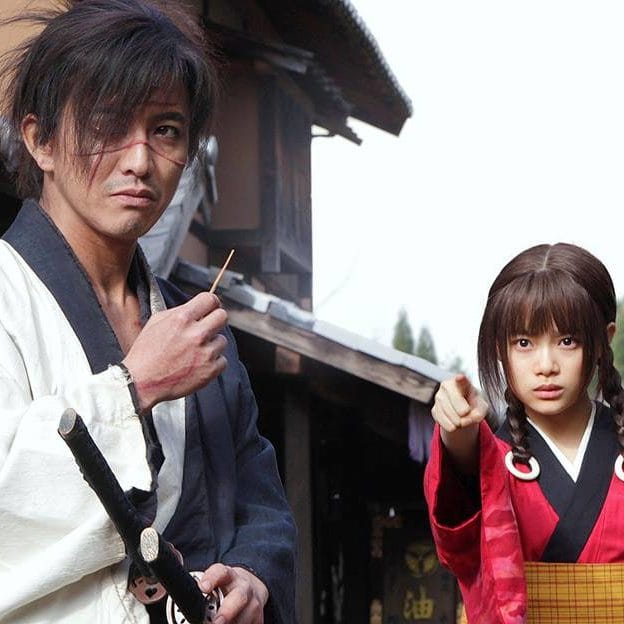Immortal, maybe, but not that impressive
🔗 [SYSTEM UPDATE] Link found. Timestamp incremented on 2025-11-26 13:55:13.Director Rakashi Miike’s 100th film is a flawed but largely enjoyable manga-to-film adaptation of the series Blade of the Immortal. DAMIEN NGUYEN saw the film at MIFF


Blade of the Immortal
MIFF, Night Shift series
Director: Takashi Miike
Stars: Takuya Kimura, Hana Sugisaki, Sota Fukushi.
Showing: tomorrow night, August 9, 9pm
Score: ★★★
FILM REVIEW
By DAMIEN NGUYEN
Director Takashi Miike’s 100th film is a flawed but largely enjoyable manga-to-film adaptation of the series Blade of the Immortal.
It is a film that seemingly relishes in the sheer ridiculousness of its premise, and does so with a bloody delight. Limbs are hacked off, blood is shed in large quantities, and some of the deaths in the film are so over-the-top one cannot help but laugh.
There is a strange off-kilter humour to the movie, an almost trademark Miike humour (for those unfamiliar with his vast filmography, his humour spans from sadistic to family-friendly), that invites you to laugh at things that may be horrible in other circumstances. This humour is prevalent mostly in the action sequences but is entirely absent in the more serious dramatic scenes.
As such, the film has an uneven tone which leads to some of the serious and emotional moments being rather dull, and a desire to see more swordplay over characterisation.

The plot is a simple revenge tale, which follows Asano Rin (Hana Sugisaki), a young girl whose family was killed by the master swordsman Anotsu Kagehisa in his ambition to unite the dojos of Japan.
In her quest to kill the man who made her an orphan, she hires Manji, the titular “immortal” samurai to help protect her from members of the Itto-ryu.
Several moments that could have been concluded earlier were stretched out needlessly, and this, combined with some decidedly odd cuts, detracted from the film's flow.
Miike lingers the camera for perhaps too long in many emotional scenes and there are parts of the film that should have been removed to ensure the pacing was kept even. The second act of the film drags on for far too long with the action scenes failing to hold much interest.

This, however, could be a result of the original source material being difficult to interpret on screen. Audience interest is bound to wane when the main character cannot be slain, which has the obvious effect of reducing tension in the sword-fights.
From a more technical standpoint the cinematography is stock standard, with a few exceptions where Miike uses the whole frame to create interesting imagery and more intriguing tracking shots during drawn-out battle sequences.
Because of the film’s setting, the Japanese scenery shines with its deep forest environments. It also stands out for its remarkable use of colour, particularly as the main character's outfits contrasted beautifully with one another.
Overall, the film has several flaws regarding pacing, tone and holding the audience’s interest, though it remains an enjoyable watch, made resplendent by excellent use of colour and clever sound design.





